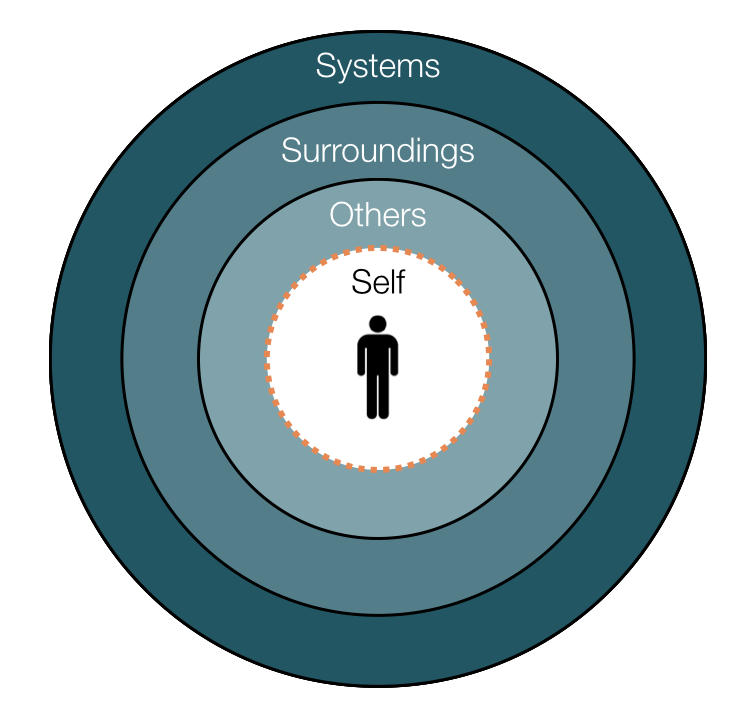My oldest son just turned 15 so my wife and I started researching the different avenues for teen driver’s education available in our town. With a handful of options we decided to take the route of “parent taught driver-ed” as it was the most convenient, cost effective, and we felt we were quite capable of taking on the task. After all, my wife is a teacher and I research and train people about performance in complex systems. Additionally, I have developed our online training platform, which is the medium in which most of the classroom driver-ed learning will take place. “We’ve got this,” I remember telling her. As we have progressed in our program, he has become more and more capable and comfortable in not only the rules of the road, but also driving in our small Dallas/Ft. Worth suburb. But just a couple of days ago I was smacked in the face by reality when we stopped at a red light and he instinctively reached into his pocked to retrieve his cell phone to read a text he just received from his girlfriend. How could he be so irresponsible with all he’s learned? How could he possibly think this was okay to read texts while behind the wheel? His response: “You always check your phone at red lights so I just figured it wasn’t a big deal”!
Yes, I teach this stuff and yes I mess it up on a consistent basis when I’m not intentional about what I know to be true.
For those of you that frequently read our blogs you know that we talk about complexity, the impact of context on performance, and how the model provided by others impact the performance of those around them in surprisingly unforeseen ways. You are also aware of the studies about using cell phones to talk and text and the impact that these actions have on the ability to operate a vehicle. We have been accustomed to seeing anti-texting commercials and even live in communities that have laws, with fines attached, preventing the use of cell phones while driving. Yet some of you, and some of us who teach this stuff, still glance down at the phone when we hear the ding or even pick up the phone when that all important call finally comes while we are driving.
A recent study shows that after a decade of car related deaths declining year after year, a steep increase of almost 10% occurred in 2015. Could this be an anomaly or a sign of something far more troubling occurring? While no data has yet pointed to any trend in automobile fatality causation, I do have have my own theories and anecdotal data that I will share.
Smart phones have only been around for a little over a decade now and they are getting smarter and smarter with each launch. We all remember the blinking red light of the blackberry that screamed out to us, “Read me!” Today our phones have Facebook messenger, LinkedIn alerts, text, iMessage, email, and bluetooth and our cars have mobile apps and wifi hotspots. We are constantly being alerted that somebody wants to talk to us right now. It’s like that blinking red light on steroids. The good news is that local governments and other organizations saw this coming years ago so they implemented laws and launched public service announcements and signage by the roads, warning us of the dangers these devices present. And as any good safety professional knows, making new rules and putting up signs that scare people works…for awhile.
Where I have failed as a driver-ed instructor, and father, is that I kept my phone within reach. It was in my pocket, sitting in my cup holder, or holstered on that clamp attached to my A/C vent that I bought at Best Buy so that I could use the navigation app twice a year. Based on what we know about complexity, context, Human Factors, Human Performance, or whatever current science we want to throw out there, the answer is easy. Turn the phone off, put it in the glove compartment and drive. It doesn’t take any research or a consultant to come up with this idea; in fact, it’s something that a lot of people have figured out already. Take the blinking red light, the text ding, or the “silent” buzz away from our attention and our attention remains on the road where it belongs.
I will leave you with this last thing. Again, nothing groundbreaking here but a fun example about how those devices that are designed to make our lives so much better have effected our performance in fascinating ways. A recent study at the Western Washington University shows that people walking and talking on their cell phones noticed a clown on a unicycle directly next to them only 25% of the time, while those walking and not on a phone noticed the clown over half of the time. But more impressively, those walking in pairs noticed the clown 75% of the time. If you are interested, here is a link describing this research: https://www.youtube.com/watch?v=Ysbk_28F068









